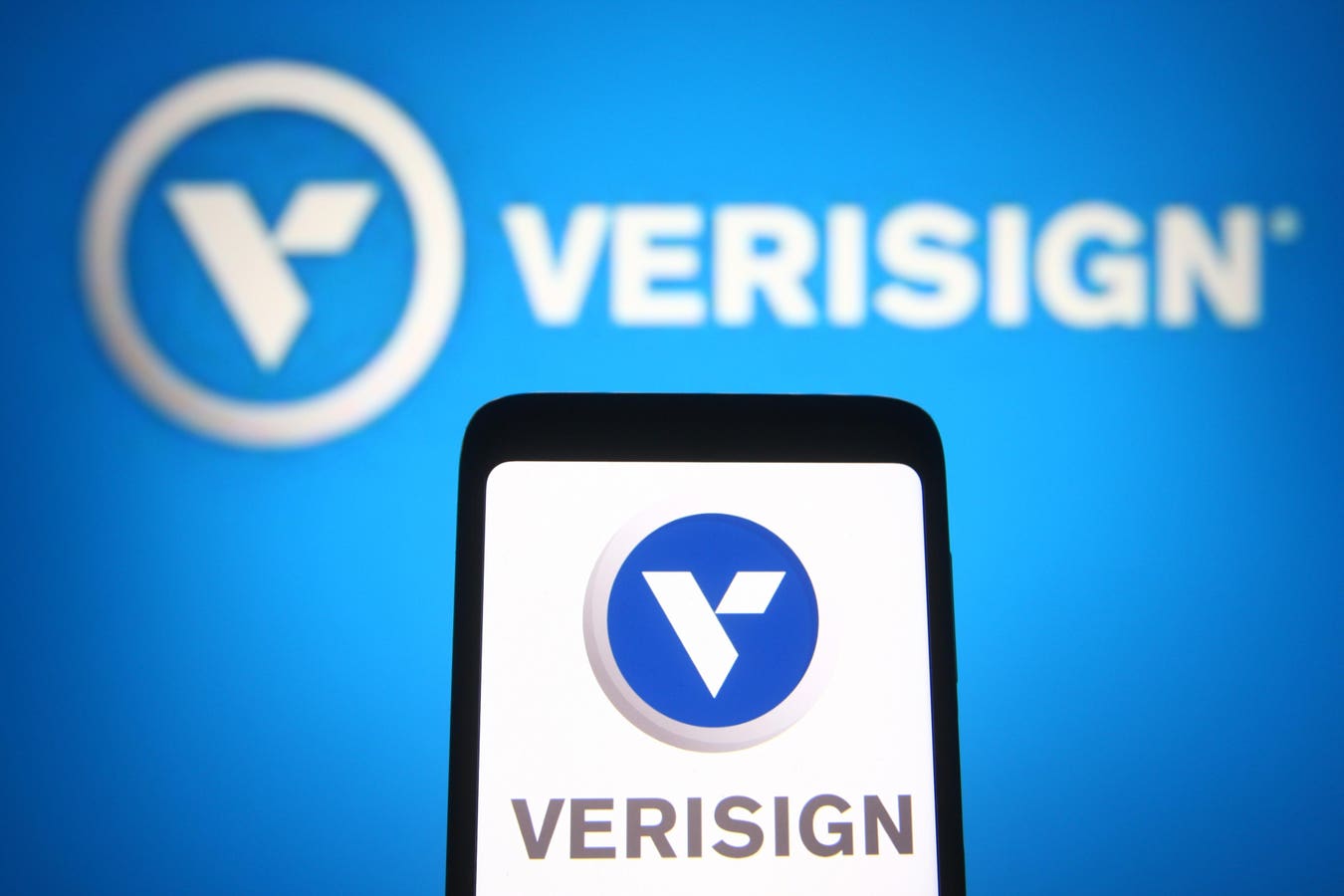VeriSign stock (NASDAQ
NDAQ
VRSN
Our detailed analysis of VeriSign’s upside post-inflation shock captures trends in the company’s stock during the turbulent market conditions seen over 2022. It compares these trends to the stock’s performance during the 2008 recession.
2022 Inflation Shock
Timeline of Inflation Shock So Far:
- 2020 – early 2021: Increase in money supply to cushion the impact of lockdowns led to high demand for goods; producers unable to match up.
- Early 2021: Shipping snarls and worker shortages from the coronavirus pandemic continue to hurt supply.
- April 2021: Inflation rates cross 4% and increase rapidly.
- Early 2022: Energy and food prices spike due to the Russian invasion of Ukraine. Fed begins its rate hike process.
- June 2022: Inflation levels peak at 9% – the highest level in 40 years. S&P 500 index declines more than 20% from peak levels.
- July – September 2022: Fed hikes interest rates aggressively – resulting in an initial recovery in the S&P 500 followed by another sharp decline.
- Since October 2022: Fed continues rate hike process; improving market sentiments help S&P500 recoup some of its losses.
In contrast, here’s how VRSN stock and the broader market performed during the 2007/2008 crisis.
Timeline of 2007-08 Crisis
- 10/1/2007: Approximate pre-crisis peak in S&P 500 index
- 9/1/2008 – 10/1/2008: Accelerated market decline corresponding to Lehman bankruptcy filing (9/15/08)
- 3/1/2009: Approximate bottoming out of S&P 500 index
- 12/31/2009: Initial recovery to levels before accelerated decline (around 9/1/2008)
VRSN and S&P 500 Performance During 2007-08 Crisis
VRSN stock declined from $34 in September 2007 (pre-crisis peak) to around $19 in March 2009 (as the markets bottomed out), implying it lost nearly 43% of its pre-crisis value. It recovered post the 2008 crisis to levels of around $24 in early 2010, rising 25% between March 2009 and January 2010. The S&P 500 Index saw a decline of 51%, falling from levels of 1,540 in September 2007 to 757 in March 2009. It then rallied 48% between March 2009 and January 2010 to reach levels of 1,124.
VeriSign’s Fundamentals Over Recent Years
VeriSign’s revenues rose from $1.2 billion in 2019 to $1.4 billion in 2022, driven by higher demand for domain names. VeriSign benefited from increased demand for domain names during the pandemic as more businesses expanded their presence online. Price increases have also bolstered the company’s top-line growth, and this trend is expected to continue in the near term. VeriSign has delivered consistent revenue growth, and its operating margin has remained stable in the range of 67% and 69% over this period. The company’s reported bottom line increased 21% to $6.24 in 2022, vs. $5.17 in 2019.
Does VeriSign Have A Sufficient Cash Cushion To Meet Its Obligations Through The Ongoing Inflation Shock?
VeriSign’s total debt has hovered around the $1.8 billion mark since 2019, while its total cash decreased from around $1.2 billion to $1.0 billion over the same period. The company garnered $0.8 billion in cash flows from operations in 2022. Overall, VeriSign is in a very comfortable position to meet its near-term obligations, given its solid cash position.
Conclusion
While the Fed’s efforts to tame runaway inflation rates are helping market sentiment, we believe VeriSign stock is now fully valued with limited upside. For 2023, VeriSign expects its domain name base to rise between 0% and 2.5%. Any slowdown in domain names growth rate due to recession remains a key risk factor for VeriSign’s stock.
While VRSN stock looks like it is fully valued, it is helpful to see how VeriSign’s Peers fare on metrics that matter. You will find other valuable comparisons for companies across industries at Peer Comparisons.
Despite higher inflation and the Fed raising interest rates, VRSN stock has risen 7% this year. But can it drop from here? See how low VeriSign stock can go by comparing its decline in previous market crashes. Here is a performance summary of all stocks in previous market crashes.
What if you’re looking for a more balanced portfolio instead? Here’s a high-quality portfolio that’s beaten the market consistently since 2016.
Invest with Trefis Market Beating Portfolios
See all Trefis Price Estimates
Read the full article here









